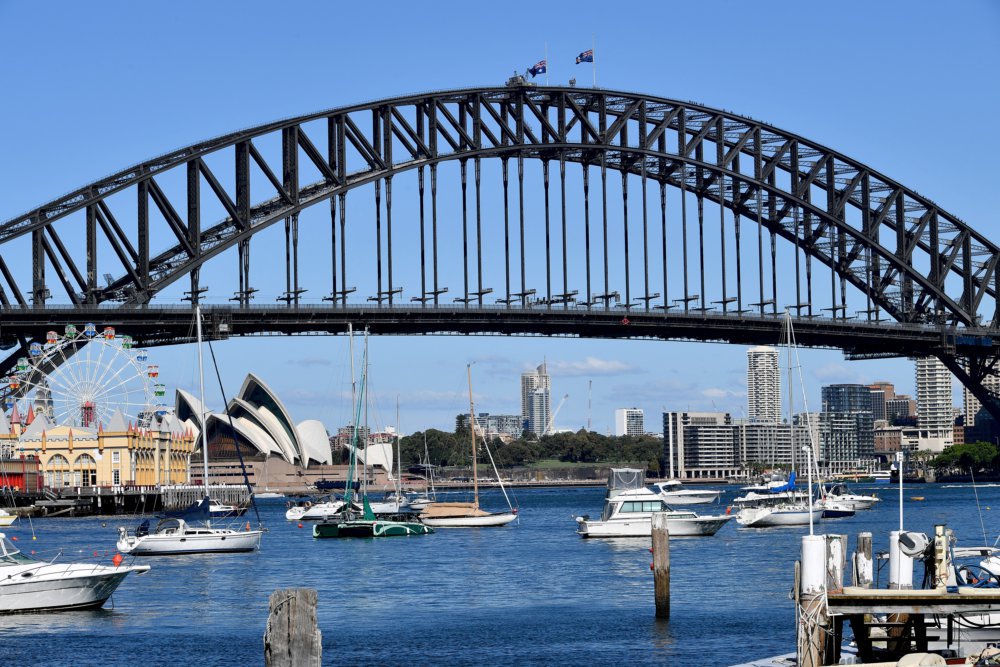
Recent numbers from Australian universities show a sharp decline in international student enrolment this year. The Sydney Morning Herald reports that universities in New South Wales (NSW) and Victoria are only getting about two-thirds of the enrolments they were getting pre-pandemic. Industry insiders have expressed concern over the plummeting international student enrolments, yet administrators are helpless as long as Australian borders remain closed.
For example, Monash University in Melbourne saw a 32% dip in international student commencements, while the University of Technology Sydney saw 35% fewer enrolments in the first semester of 2021, as compared to the first semester of 2019. Monash remains optimistic, with a spokesperson commenting that “the majority of returning international students have continued their studies with us and we believe will continue to in semester two 2021”.
International numbers are also running 9% lower at the University of Melbourne. “Unless the conditions change, the university is forecasting fewer international student enrolments in [the] second semester,” said a university spokesperson.
Against industry trends, however, is the University of Queensland, which accepted 40% more Chinese students compared to last year, for a total of 18,000 overseas enrolments. How? It offered offshore students a 12.5% fee rebate. It also had a backlog of students who started their course online this year after deferring last year.
“As time has gone on, they realise they don’t want to put their lives on hold,” said vice-chancellor Deborah Terry. “However, if our borders remain closed, the outlook will remain uncertain and we are likely to see these numbers decline in subsequent semesters.”

International students heading to Australia can no longer put their study abroad dreams on hold. Source: Saeed Khan/AFP
International student recruitment increasingly challenging
Universities Australia estimates that this has brought operating revenues down by 4.9%, translating to 1.8 billion Australian dollars. Australian universities are also at risk of losing Chinese students since the government withdrew Victoria’s cooperation in the Belt and Road Initiative. Yet, experts like The Lygon Group head of research Angela Lehmann are maintaining a level of optimism that Chinese students will continue to look to Australia for a safe, high-quality education experience.
“However, we are likely to see some negative sentiment in China towards Australia and it is imperative that Australian institutions continue to nurture their partnerships and provide their Chinese students – both onshore and those stuck offshore – with a sense of welcome and support. I think we are looking at long-term recovery and that the process of maintaining and building people-to-people relationships and positive messaging is urgent,” she told Study International.
“Post COVID, there are going to be many challenges for universities and financial challenges in particular. There’ll be a shakeup, I think, at a university level,” said Christopher Pyne, former federal education minister. Group of Eight chief executive Vicki Thomson added that it was a challenge for Australian universities to recruit new offshore students while other education hubs remain open to them.
“COVID is not a barrier to entry for international students. They are still going to the US, they are still going to Canada, they are still going to the UK and Europe. The barrier for entry to us is [that] our borders are closed,” she told the Perth USAsia Centre at the University of Western Australia.
International student campaigns have been raging on for months as Australia’s borders remain closed — except to a select few in the Charles Darwin University pilot programme. The full shift online has certainly impacted international student enrolment as many are unable to justify paying the same fees for remote courses.
SBS Punjabi recently reported that NSW and Victoria are drawing up individual pilot plans to bring international students back to Australia. A spokesperson for NSW Treasurer Dominic Perrottet told the portal that NSW is developing a plan to revive the international student and education sector within the context of the current quarantine system. “Any approved plan will incorporate all the existing police and health protections to ensure the safety of the community and students,” he said.










